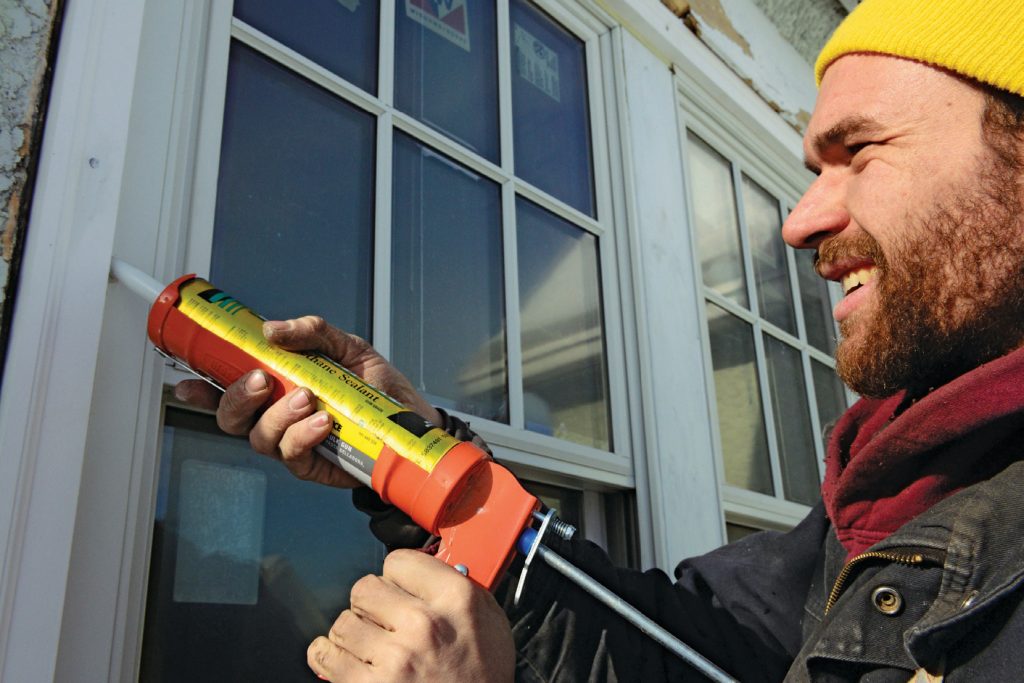Dear Pat and Brad: I used to live in a newer, energy-efficient home, but I recently moved into an older home that’s definitely not as efficient. I want to make some upgrades, but I’m not sure how much work to do or what steps I should take. Can you offer any advice?
— Katie
Dear Katie: Making your home more energy-efficient can be done by taking one step at a time, or you can take it on all at once as a larger project. Either way, it’s helpful to have a plan in place before you dive in so you don’t end up doing unnecessary work or repeating steps along the way.
Here’s a seven-step checklist we’ve compiled to help you get organized:
Step 1: Set goals and constraints.
Start by setting your primary goal. Are you mainly looking to save money on your home’s energy bills, make it more comfortable, increase the resale value or help the environment?
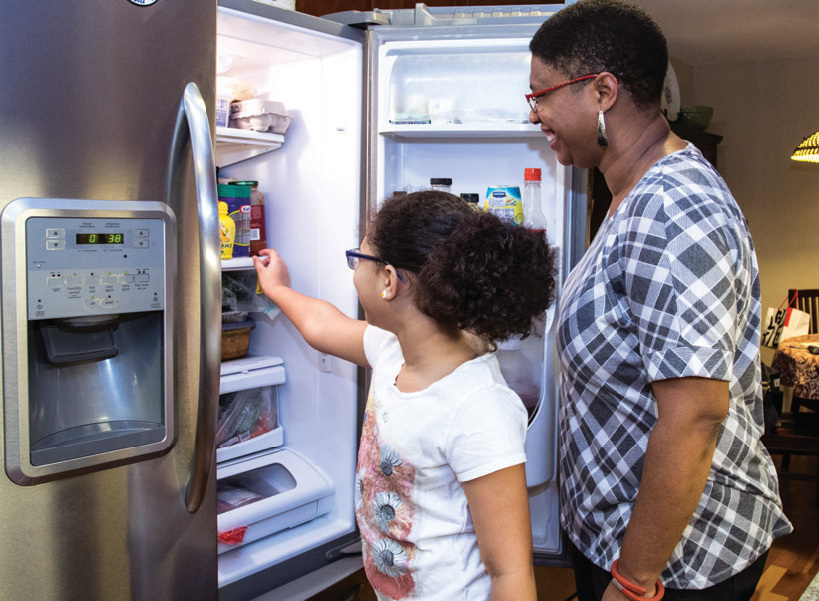
For maximum efficiency, your fridge should be between 38 and 40 degrees and the freezer compartment at 5 degrees.
Then, set a deadline for when you need the project completed. This may affect whether you do some of the work yourself and which contractor you choose.
Last but not least, set your budget. How much is it worth to you to live in an energy-efficient home? One way to look at this is to review your annual energy bills. If they’re around $2,000 per year, you might ask yourself how much you’d be willing to spend if you could cut that expense in half. Maybe you’d be willing to spend $10,000 to save $1,000 each year? That would be a 10 percent rate of return on your investment. Or, if your home is drafty and cold, how much are you willing to spend to make it more comfortable?
Step 2: Educate yourself.
This step is crucial so you can weigh the costs and benefits of each potential improvement. There are many helpful lists of small and large energy-efficiency upgrades available online. There are also some great resources like the Department of Energy, Energy Star and Consumer Reports. Your electric co-op may have a home energy advisor on staff or available literature that can help.
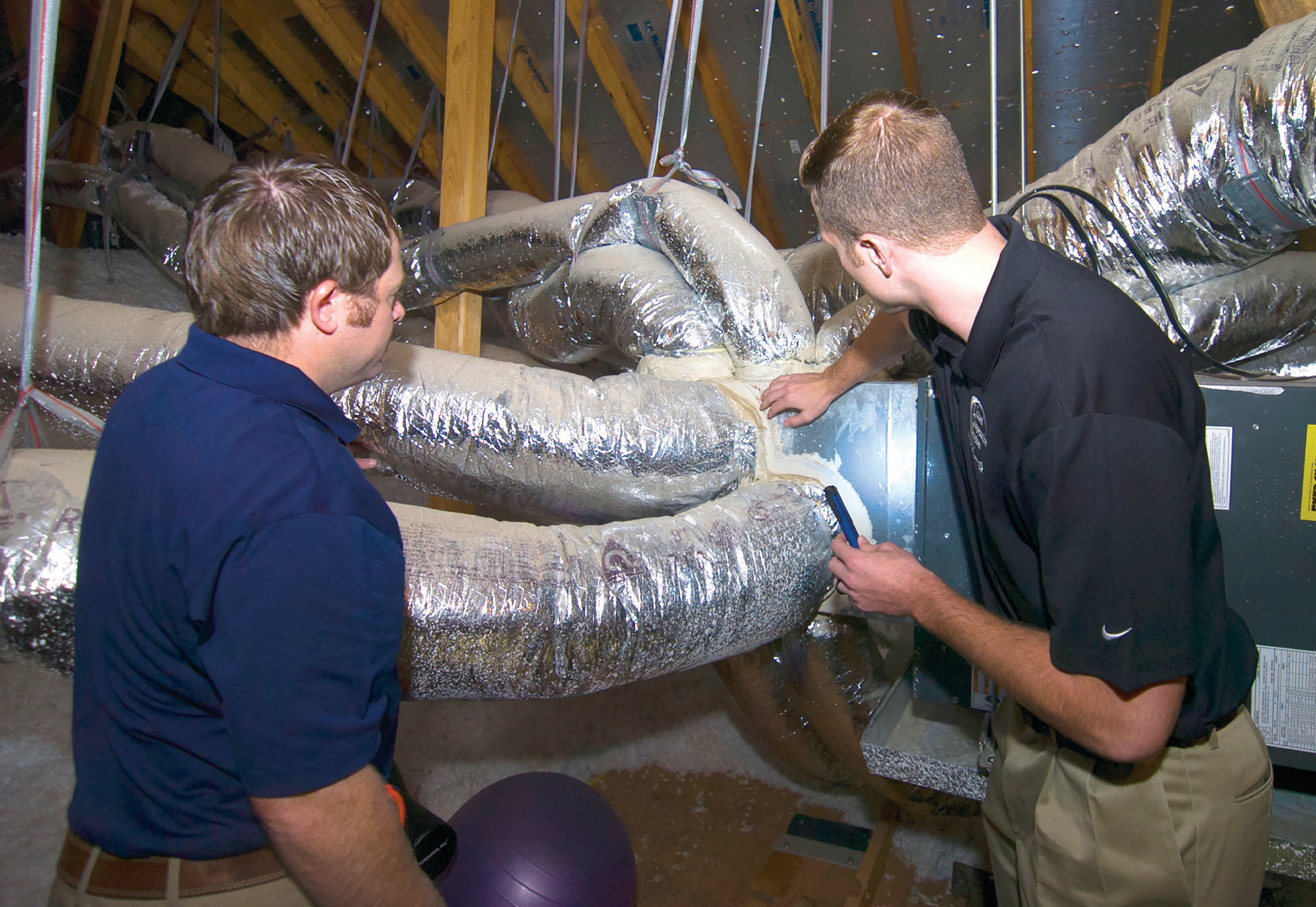
Inspecting and sealing furnace ducts are high-impact projects best left to professionals.
Step 3: Schedule an energy audit.
An energy audit will help you prioritize so you can spend your money on the measures that will bring you the most benefit. And an energy auditor can help in other ways. My neighbors hired a contractor to do some major energy-efficiency upgrades. They asked an energy auditor to take a look at the work before they paid for it, and the auditor found it wasn’t even close to the level agreed to in the contract. It took three or four return visits for the contractor to get the work up to the promised level of efficiency. So, the energy auditor saved the day!
Step 4: Plan your projects.
Now that you have set your budget and priorities and have a sense of the work and costs involved, make a list of the items you want to include in your energy-efficiency upgrades.
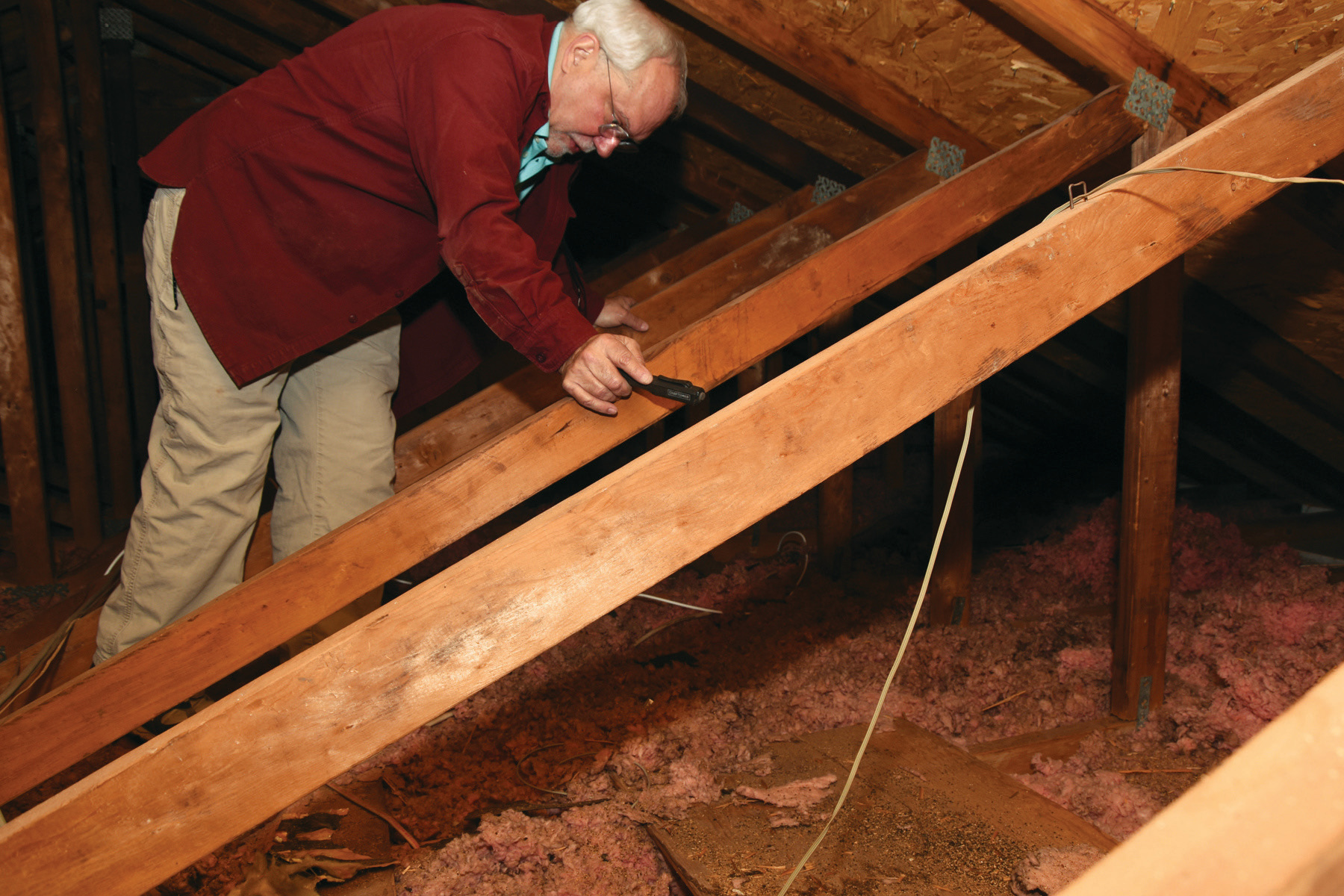
Your attic can be one of the greatest sources of heat loss in your home. An energy auditor can look for issues and recommend steps to correct them.
Step 5: Are there tasks you can take on yourself?
Some work like caulking windows or adding weather stripping to doors can easily be done by the homeowner, especially with the help of online tutorials. Other work like insulating an attic can be dangerous and may require special equipment or know-how.
Step 6: Identify and select contractors.
This can be challenging. You want a contractor who really knows how to do energy-efficiency work. And you may need two or more contractors such as one for your heating system and another for insulation. Maybe you’d like to find one who can do air sealing or duct sealing. In some rural areas, contractors may not specialize in the efficiency measures you are interested in. Are they willing to learn what they don’t know?
If possible, be sure to get several quotes as well as references from past clients. Create and sign a contract with guaranteed work and completion dates, with payments due only as work is completed and inspected.
Step 7: Oversee the work
The quality of the work makes a big difference in the amount of energy savings and added comfort you desire. Keep an eye on the project, and don’t be afraid to ask questions — lots of questions. Remember: It’s your home, and you’re the one paying the bills!
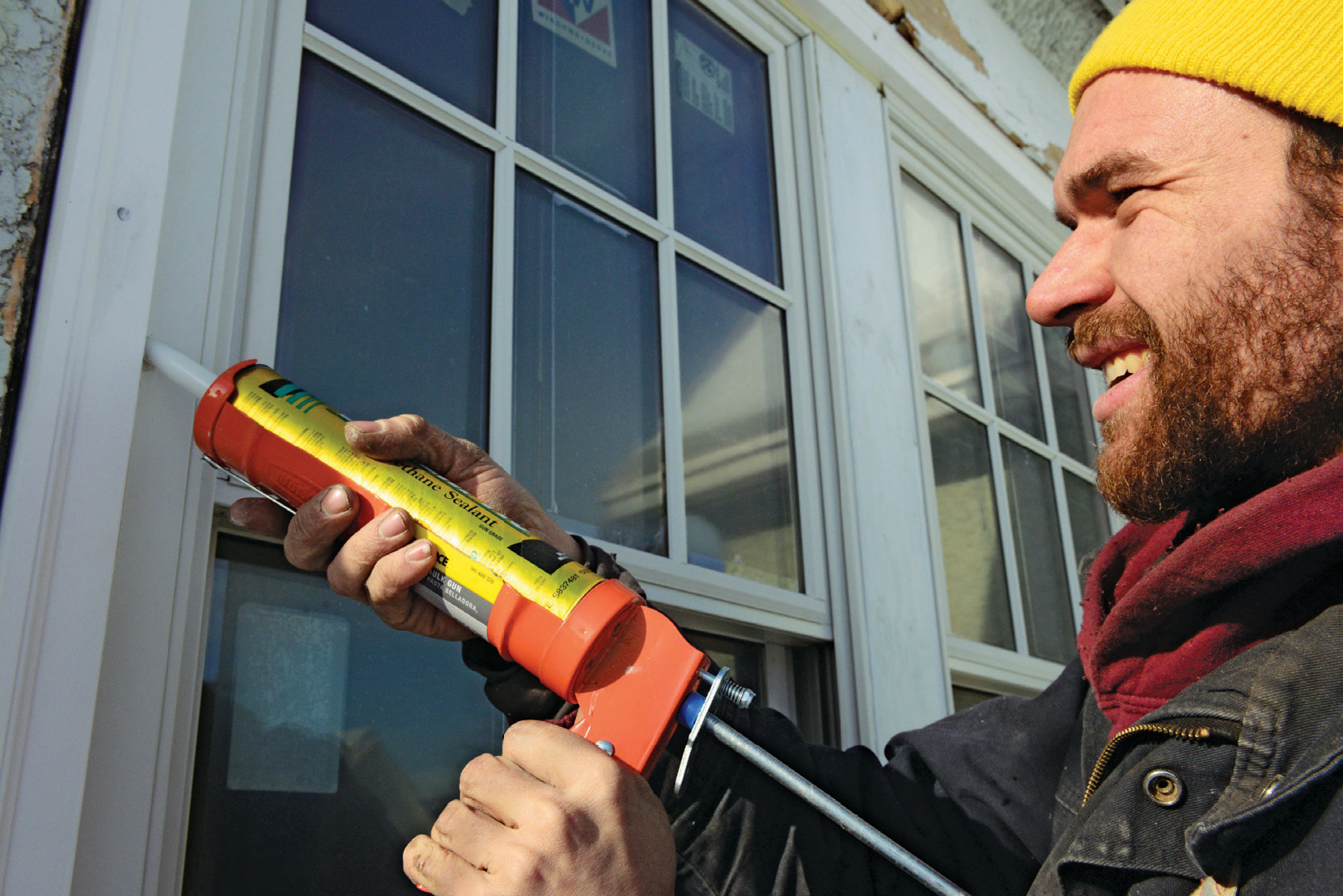
Caulking around windows inside and outside the home is a cost-effective improvement that can be done with a little research.



